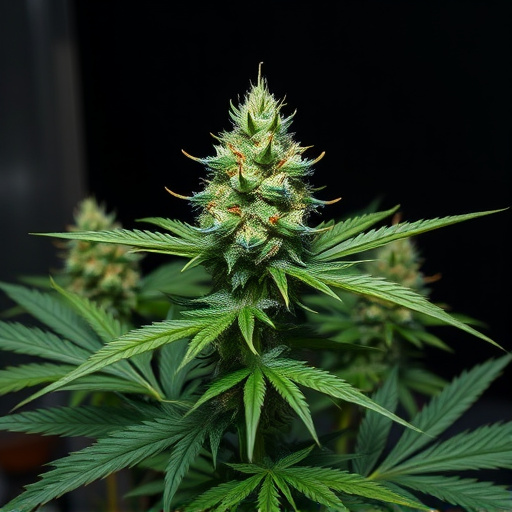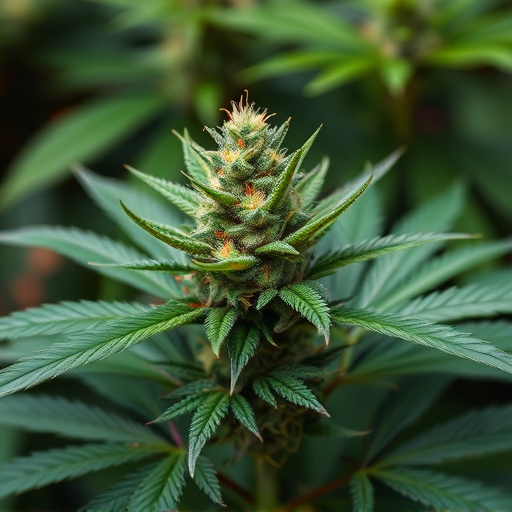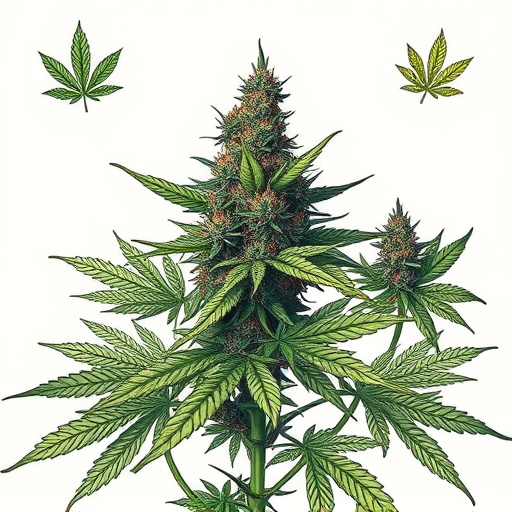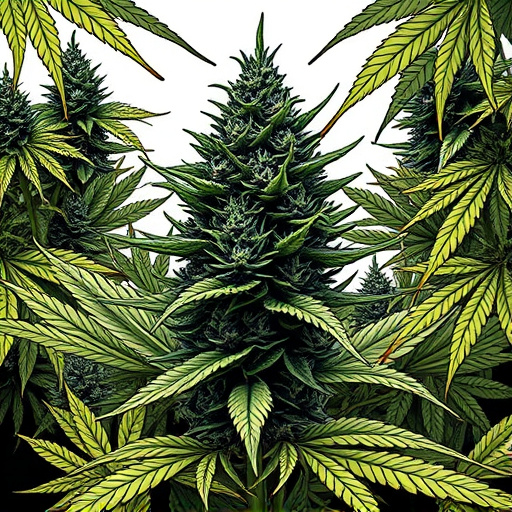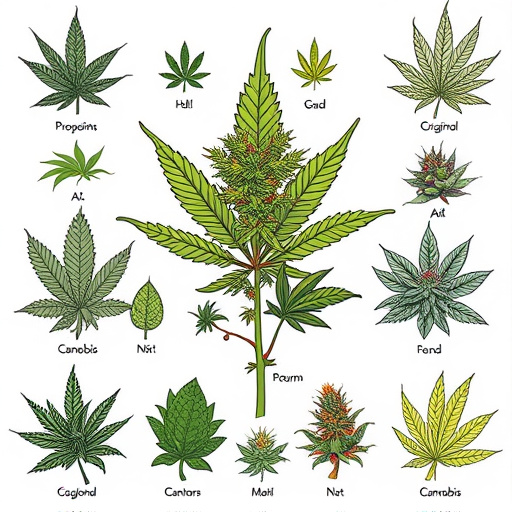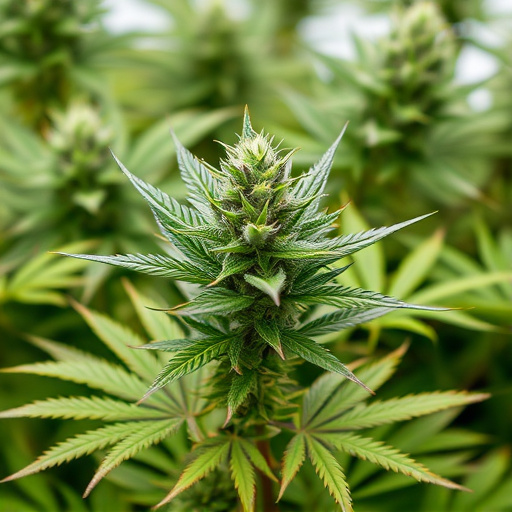The environmental conditions during cultivation profoundly affect the chemical composition, especially terpene profiles, of original strains of cannabis, dictating their flavors and therapeutic benefits. Growers can manipulate temperature, light, humidity, and soil nutrition to produce diverse terpenes like myrcene, linalool, and limonene, creating complex flavor profiles. Soil and nutrient management are critical for preserving these unique characteristics by curating specific compositions and maintaining delicate nutrient balances. Optimal environmental conditions ensure robust, aromatic plants with authentic original strain aromas and flavors, meeting consumer expectations regarding potency and sensory experience.
The quality of cannabis is significantly influenced by its growing environment. From soil composition to nutrient management, and environmental factors like temperature and humidity, each element plays a crucial role in shaping the terpene profiles, flavor, and aroma of the final product. Understanding these influences is key to cultivating and preserving the unique characteristics of original strains of cannabis. Explore how these factors interact to produce top-tier cannabis that meets consumer expectations.
- The Impact of Growing Conditions on Cannabis Terpene Profiles
- Soil and Nutrient Management: Nurturing Original Strain Characteristics
- Environmental Factors: Shaping the Flavor and Aroma of Cannabis Flowers
The Impact of Growing Conditions on Cannabis Terpene Profiles
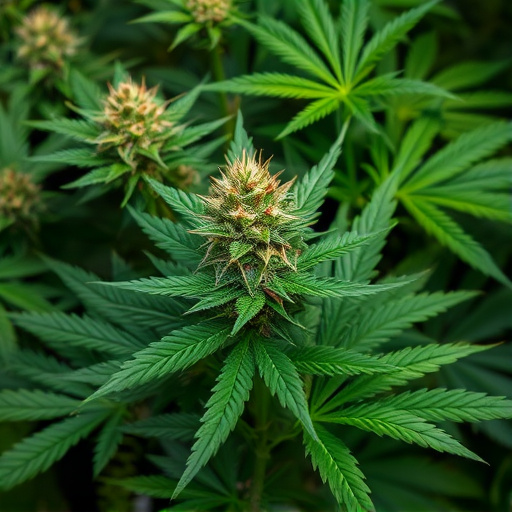
The growing environment plays a pivotal role in shaping the chemical composition and, consequently, the quality of cannabis. Among various factors, temperature, light intensity, humidity, and soil nutrition significantly influence the terpene profiles of original strains of cannabis. Terpenes are aromatic compounds that not only contribute to the distinct flavors and aromas of different cannabis varieties but also possess potential therapeutic benefits. For instance, certain terpenes like myrcene and linalool are known for their calming effects, while others like limonene can induce feelings of euphoria and energy.
Optimal growing conditions allow growers to harness the natural terpene diversity within cannabis plants. Consistent temperature ranges, balanced light-dark cycles, and well-managed humidity levels encourage robust plant growth and facilitate the synthesis of diverse terpenes. Furthermore, carefully curated nutrient profiles in the soil can enhance specific terpene production, leading to more complex and desirable flavor profiles. This interaction between growing conditions and terpene expression is what makes each cannabis strain unique, offering a wide array of experiences for consumers looking to unlock the full potential of these original strains.
Soil and Nutrient Management: Nurturing Original Strain Characteristics
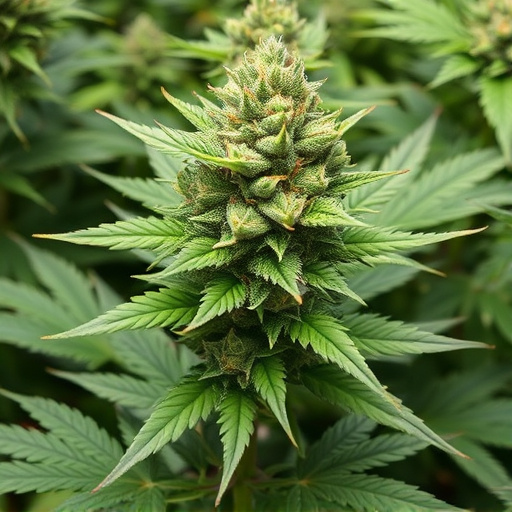
Soil and nutrient management play a pivotal role in preserving the unique characteristics of original strains of cannabis. The intricate interplay between these elements directly influences the plant’s growth, development, and ultimately, the quality of the final product. Skilled cultivators meticulously curate soil compositions to mirror the specific nutrient requirements of each strain, ensuring optimal conditions for their distinctive traits to flourish.
Proper nutrient management involves a delicate balance, as over or under-application can disrupt the natural expression of cannabinoids and terpenes. By closely monitoring pH levels, nutrient concentrations, and drainage, growers can create an environment that fosters the growth of robust, aromatic cannabis plants, preserving the original strain’s distinct aroma, flavor, and therapeutic properties for consumers seeking authentic experiences.
Environmental Factors: Shaping the Flavor and Aroma of Cannabis Flowers
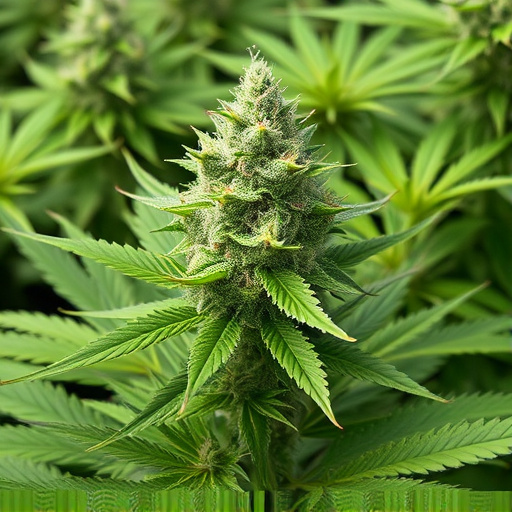
The environmental factors in which cannabis plants are grown play a pivotal role in shaping the final flavor and aroma of the flowers. These original strains of cannabis are highly sensitive to their surroundings, and every detail—from temperature and humidity to soil composition and light exposure—can influence the plant’s development and the characteristics it expresses when mature.
For instance, warmer temperatures can trigger a faster growing process but may also intensify certain terpenes responsible for specific aromas. On the other hand, cooler conditions can slow down growth, allowing for more nuanced flavor profiles. Additionally, humidity levels impact the essential oils produced by the plant, which directly contribute to the distinct smells and tastes of different cannabis varieties. Understanding these intricate relationships is key to cultivating superior-quality cannabis that meets consumers’ expectations regarding both potency and sensory experience.
In conclusion, the quality of cannabis is profoundly influenced by its growing environment. From terpene profiles to flavor and aroma, optimal conditions play a crucial role in cultivating the unique characteristics of original strains of cannabis. Understanding and managing soil, nutrients, and environmental factors can significantly enhance the overall experience for consumers, ensuring that each plant expresses its innate potential.






